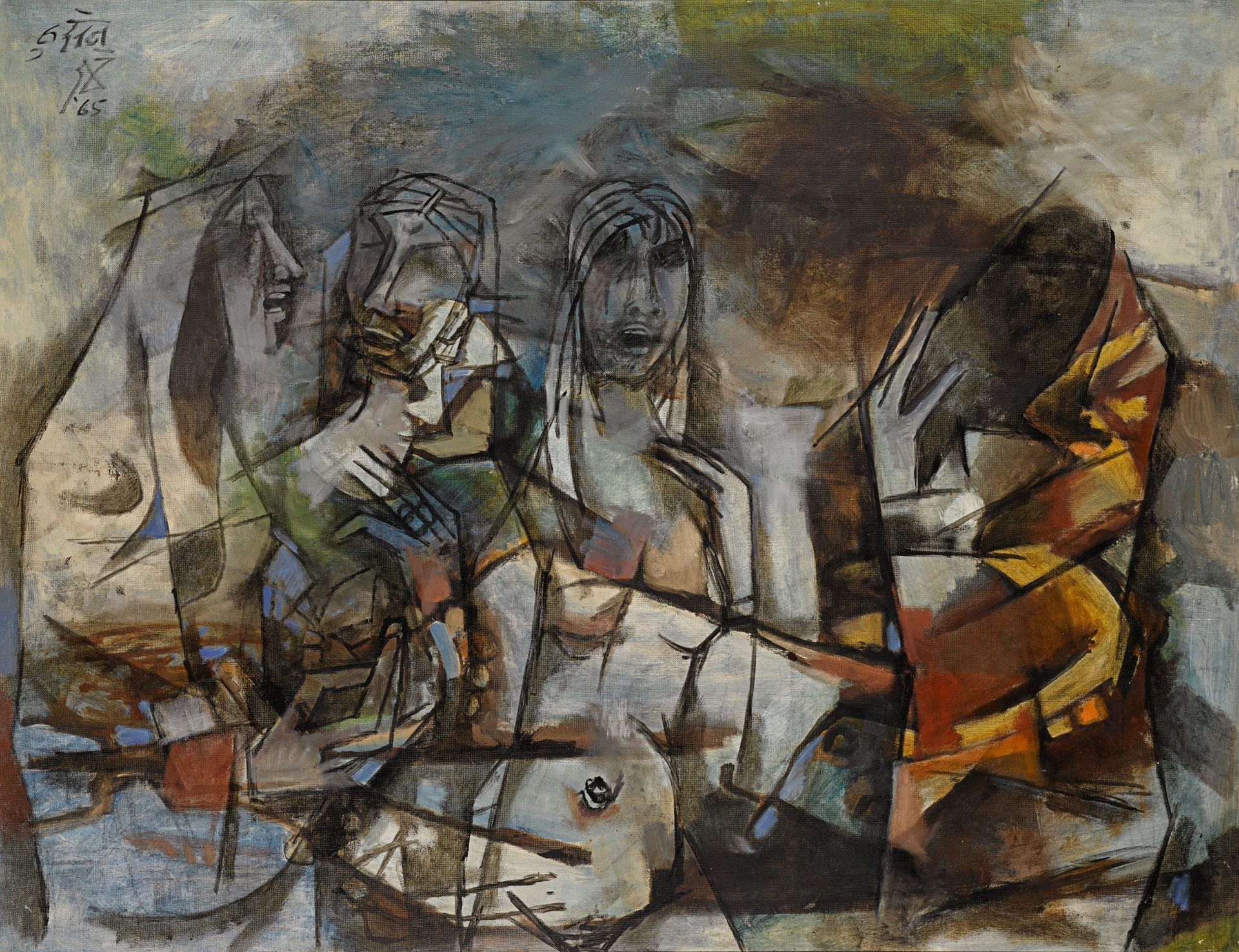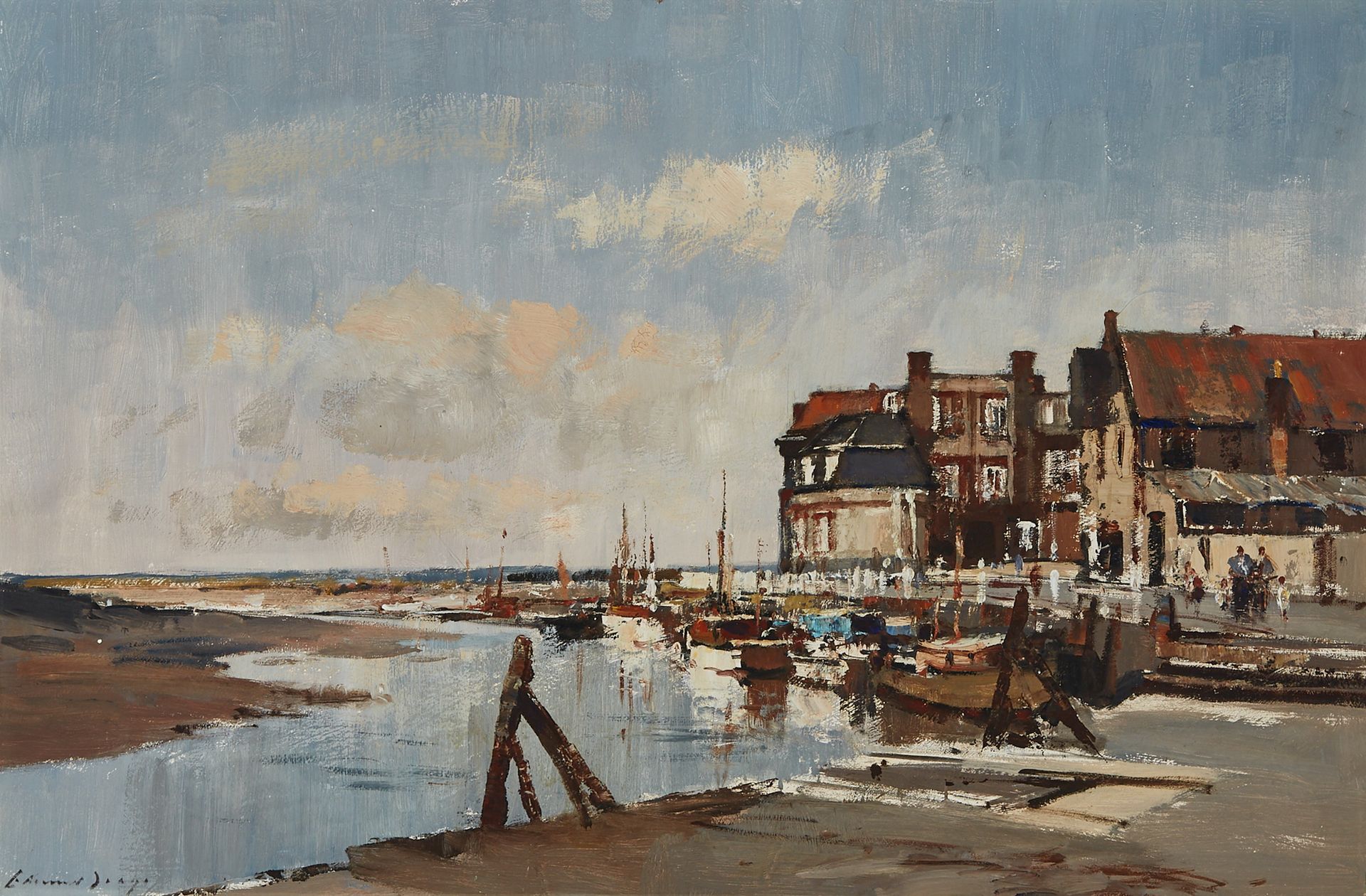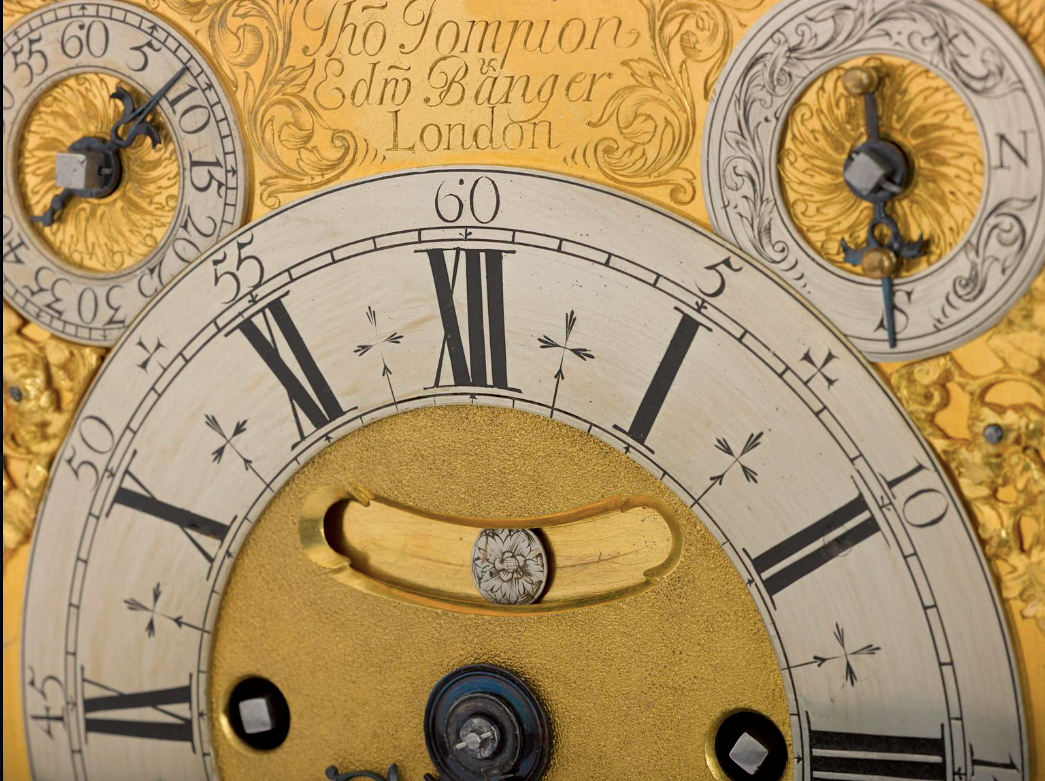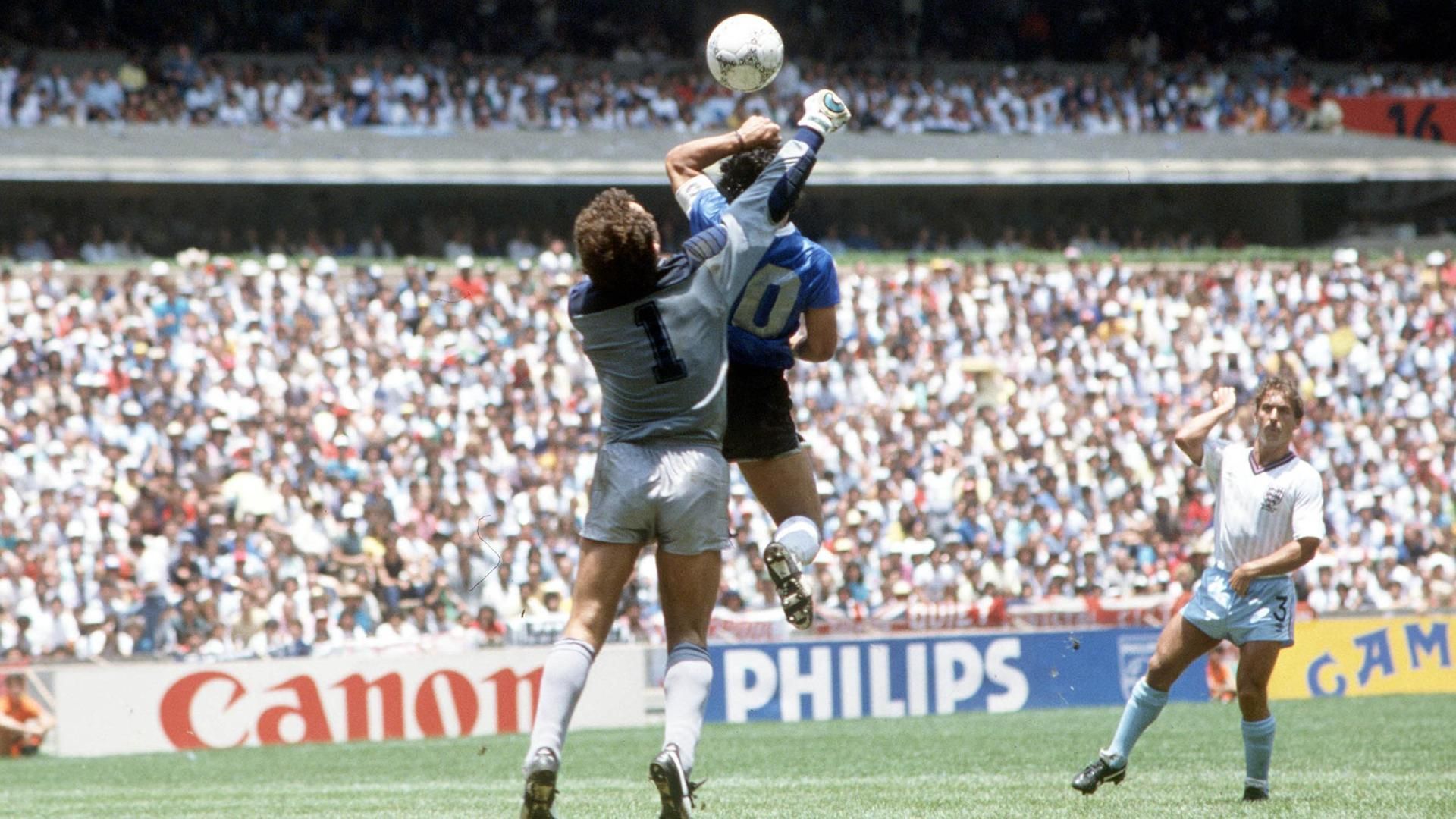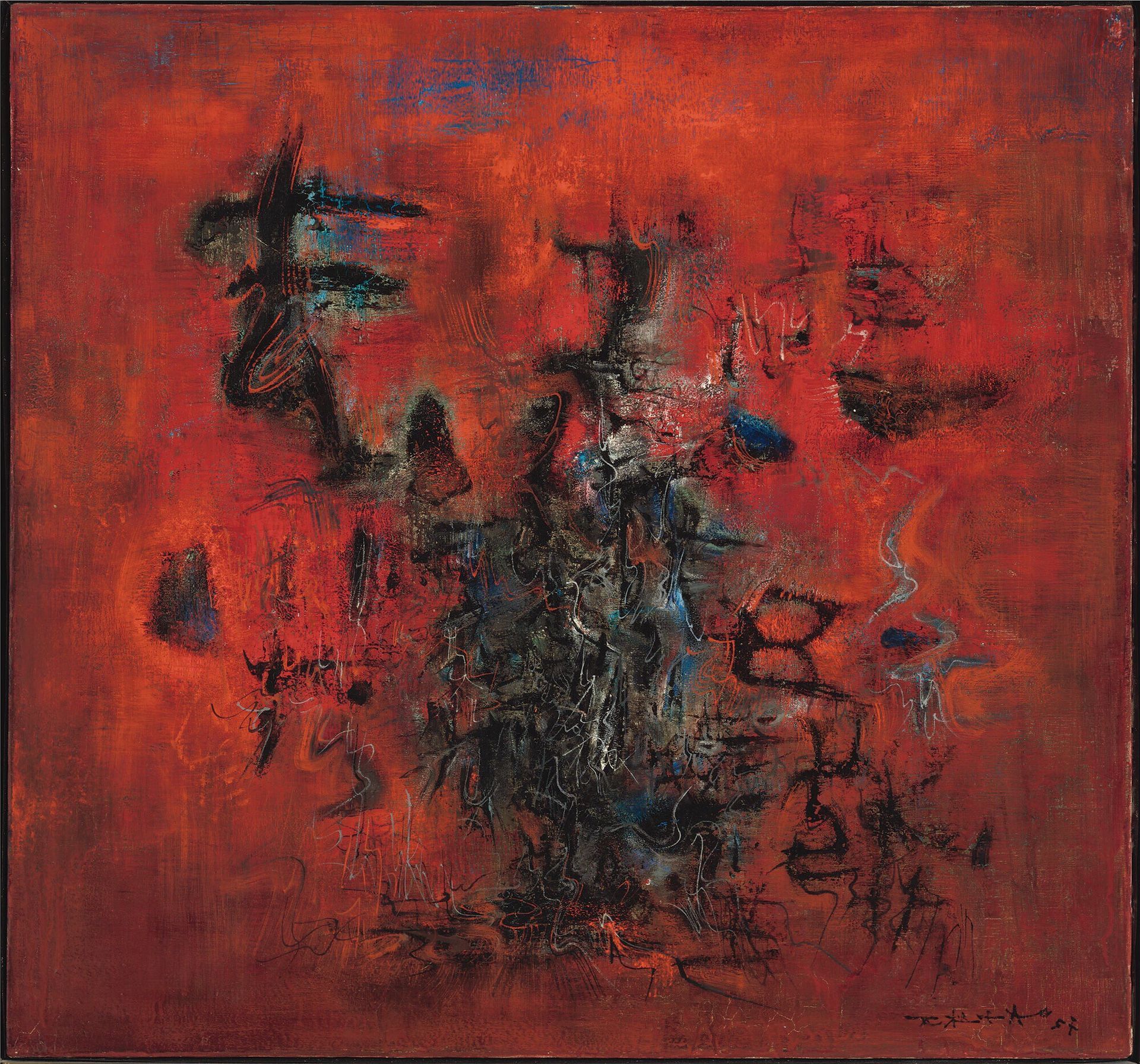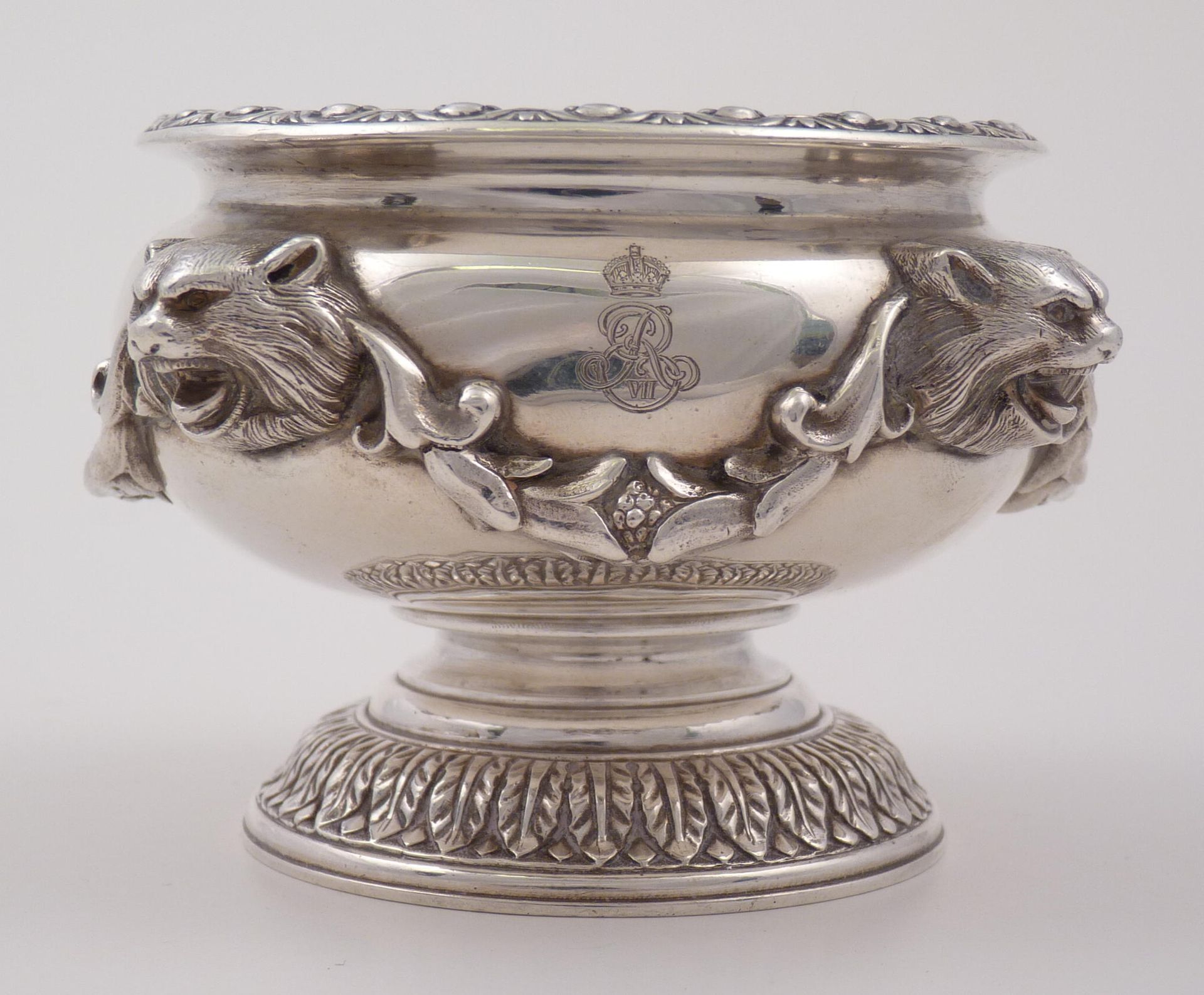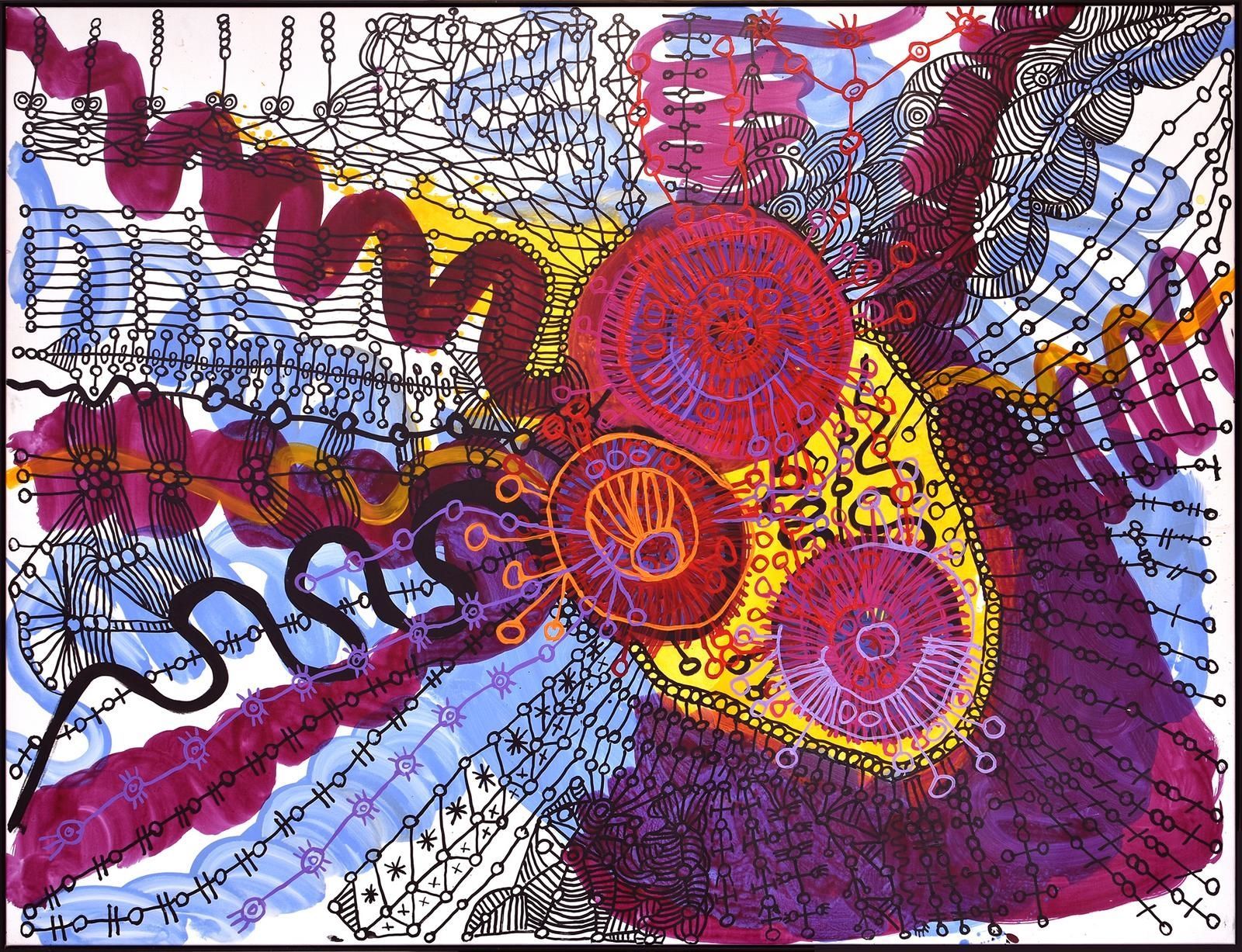Share post
Please enjoy this short article on book value written by Kerry Hall at Quastel Associates;
Most homes in the UK have a book collection. For some it is a few shelves of dog-eared favourite reads or food-splattered recipes books but for others it can be an entire library full of 1st editions, rare publications, or an extensive collection of antique books. But how do you know if there is value to any of your individual books or collections?
Rarity is key. The definition of a rare book is one where the demand exceeds the supply, and this is normally down to several factors which will be discussed in this article. If there are many comparable copies of your book on the market, then that is going to directly impact its value.
Condition and Dust Jacket
Condition makes all the difference and a book kept in pristine condition will appeal to collectors throughout the world. No one wants a damaged or scruffy book. In addition to the condition of the book, the presence of a well-kept dust jacket is also very important as our specialist books and manuscript valuer Michael Elston reveals:
“Take H.G. Wells ‘The First Men in the Moon’, 1901, one of the earliest books published with a dust jacket. An exceptionally fine first edition will retail for around £2,000 but with the rare dust jacket you can expect to pay upwards of £60,000.”
An excellent snippet of expertise worth noting for all book collectors out there.
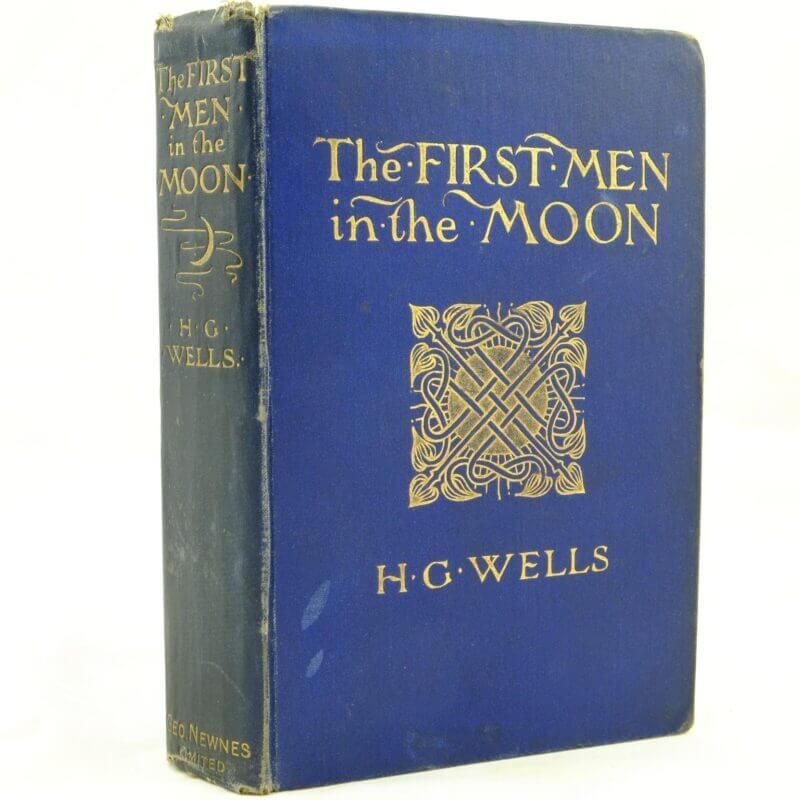
Scarcity
Scarcity also has a major impact on the value of a book. Knowing the number of copies that were printed and how many have survived (and in good condition) is crucial. Some books are only published in small numbers making them instantly rare. These are usually limited edition and may be signed by the author too. If 500 copies or less of a book is printed, then the potential for this to be rare is high.
The first printings of the hardcover first edition of ‘Harry Potter and the Philosopher's Stone’ (UK edition) by JK Rowling are one such example. Only 500 were published and 300 went to libraries. The library editions are likely to be well worn and damaged making the other 200 rarer and even more valuable.
ISBN
Check out the ISBN (International Standard Book Number) to determine a book's edition, publisher, and physical properties like trim size, page count, and binding type. This number, introduced in 1972, is a way to check if your copy is a first edition and not a reprint or later printing. Generally, if the “1” is present, the book is a first edition (first edition, first printing). For the second printing, the “1” is removed, so the “2” is the lowest number present.
In addition to the factors mentioned above, there are several additional elements that effect a book’s value such as age, binding, subject matter and aesthetic properties. If you think you may have a collection that requires more attention and a specialist opinion, please do contact Quastel Associates on 0207 253 1710 or by clicking here.

